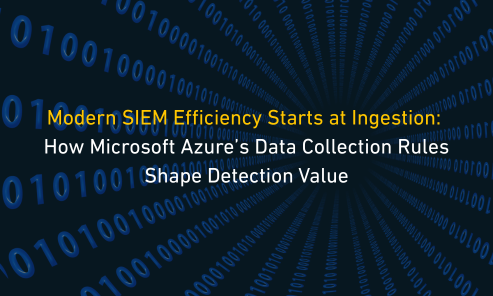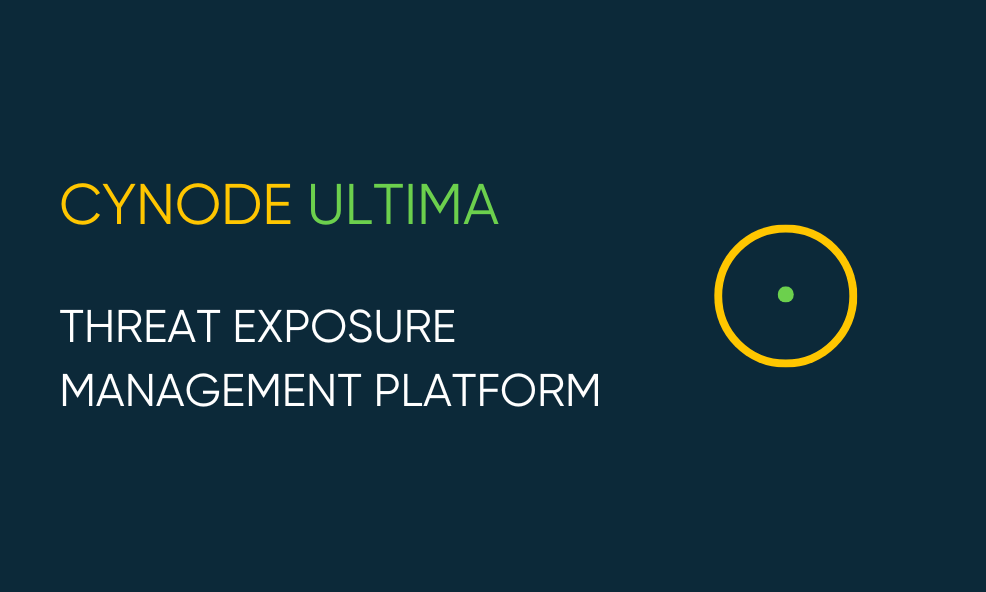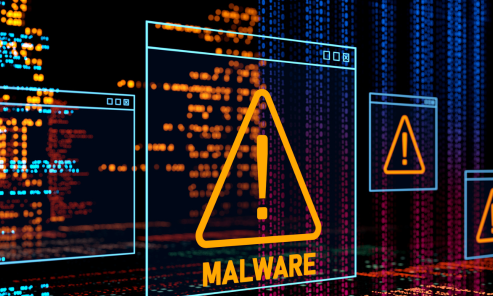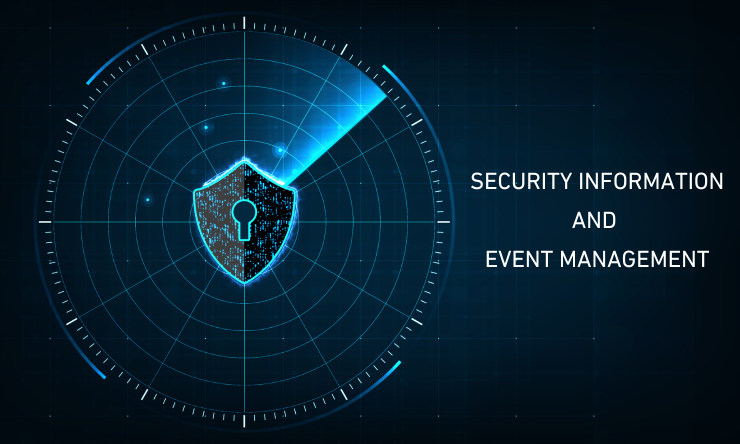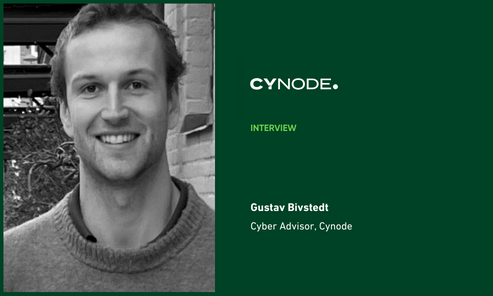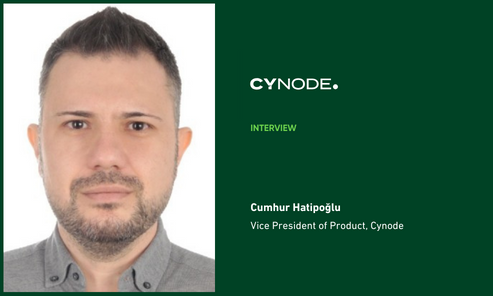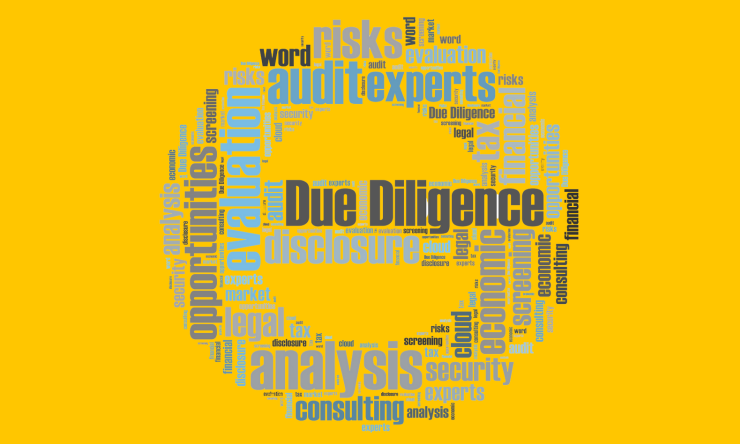RESOURCES

Store What You Need, Analyze What You Must
In this blog, we explore why modern security operations must rethink their approach to telemetry collection and retention. With cloud-native platforms introducing real-time cost and performance tradeoffs, the legacy “collect everything” mindset is no longer sustainable. Instead, we present a strategy rooted in selective collection and tiered retention, where each log source serves a defined purpose — from detection to enrichment, investigation, or compliance. By aligning storage decisions to actual operational value, organizations can reduce cost, improve detection clarity, and streamline investigations without sacrificing visibility. This blog offers practical guidance on building a purpose-driven telemetry pipeline that scales efficiently, performs reliably, and supports smarter security outcomes.
Introduction
Effective security operations depend on more than just detection logic — they require intentional, value-driven decisions about what telemetry is collected, how it’s stored, and how long it’s retained. In cloud-native environments, log collection is no longer passive. It’s an active design responsibility that directly impacts cost, visibility, and the clarity of your security operations.
The legacy mindset of “collect everything and decide later” doesn’t scale in modern environments where every log contributes to storage overhead, query load, and financial pressure. Logging is now a design choice — one with real operational and economic consequences.
To stay sustainable, organizations must move away from default collection practices and adopt a priority-based telemetry strategy, where each log source supports a defined role:
- Detection: powering correlation rules and triggering real-time alerts
- Enrichment: providing context for triage, playbooks, or incident annotations
- Investigation: serving deep-dive lookups or retrospective threat hunting
- Compliance: meeting retention needs without polluting detection systems
This approach demands two layers of architectural discipline:
- Selective Collection: Capturing only the telemetry that supports meaningful use cases, while filtering high-noise sources and avoiding irrelevant volume.
- Tiered Retention: Assigning data to cost-appropriate storage tiers based on how often it’s queried and how quickly it needs to be accessed.
The result is a telemetry architecture shaped by value, not volume — where each log has a purpose, and each storage decision reflects operational intent.
Yet this model introduces its own challenge: it assumes mature understanding of your data estate. To apply this strategy effectively, teams must know their log sources, understand the data types they produce, and assess the true detection value of each stream. Without this awareness, selection and tiering become arbitrary — undermining the very efficiency the model aims to deliver.
As cloud-native SOCs evolve, they face a simple reality: not every log deserves analytic-tier pricing. The goal isn’t to store less — it’s to store smarter.
Why This Matters
In traditional SIEM models, storage was often bundled into licensing or appliance costs. But in cloud-native environments, log retention is a metered resource — and one of the most consequential drivers of total cost.
Every gigabyte stored in high-performance, searchable infrastructure carries ongoing cost — even if the data is never queried. Retaining all logs indiscriminately, from essential detection signals to verbose telemetry, leads to:
- Cost Bloat: As data ages beyond short-term retention, storage costs compound — especially for logs that provide little ongoing value.
- Query Drag: Detection rules and hunting queries slow down as they process vast amounts of low-signal or irrelevant data.
- Operational Noise: Analysts must sift through excessive data, increasing triage time and reducing clarity during investigations.
The solution isn’t to collect less — it’s to collect and store with intent.
That starts with selective log collection: deciding up front which data sources carry detection value, which provide contextual enrichment, and which serve long-term audit or investigation purposes. Logs that offer no meaningful signal for any of these should be filtered or reshaped before entering the platform.
Then, even among the retained logs, not all need to live in real-time analytic storage. A tiered storage approach allows organizations to align cost and access with actual operational usage:
- Store rarely accessed logs in lower-cost, cold storage
- Limit searchable, rule-ready storage to high-value sources
- Reduce background noise to improve detection performance
- Meet compliance goals without inflating active storage budgets
This model creates a feedback loop between what’s collected and how it’s retained. It encourages teams to think in terms of purpose:
Is this log meant to trigger alerts? Support investigations? Meet policy?
By continuously aligning telemetry collection and storage strategy to these roles, organizations don’t just control cost — they build a leaner, more focused security architecture.
Selective Collection and Storage Tiering
In cloud-native security operations, the telemetry pipeline must be designed with intent at both ends — from what you collect to how you retain it. Selective log collection and storage tiering are not independent stages; they form a continuous, value-driven strategy.
That strategy begins with selective collection. Rather than defaulting to “collect everything,” organizations should adopt a model where only logs that serve a defined operational or security purpose are ingested. Once inside the platform, logs must be assigned to the appropriate storage tier based on their usage profile — ensuring high-signal data is kept accessible, while less critical data is retained in cost-effective ways.
Not every log deserves real-time treatment. Not every record needs daily querying.
To make that distinction, logs should be evaluated by asking:
- Does it drive detection rules or real-time alerts?
- Is it useful for triage, enrichment, or automation?
- Is it retained for compliance, audits, or long-term investigations?
Based on these answers, organizations can determine whether to:
- Collect in full, for immediate analytic and detection use
- Collect in shape, with filtered fields or reduced volume for contextual support
- Exclude entirely, or route directly to long-term object storage outside the detection flow
This model doesn’t reduce visibility — it enhances it. High-value logs remain fast and accessible, while supporting telemetry is preserved without bloating the detection surface or inflating the budget.
To support this, most platforms provide multiple storage options aligned to cost and performance needs:
- Real-Time Tier: Fully indexed, high-performance storage for logs that support detection rules, dashboards, and investigations.
- Operational Tier: Lower-cost, queryable tier for logs used in enrichment, playbooks, or ad-hoc triage — but not real-time detection.
- Cold Retention Tier: Ultra-low-cost storage for records held solely for compliance or historical review. These logs require rehydration before use.
An effective architecture combines ingestion filtering with post-ingestion tiering:
- During collection: Only bring in logs that support defined detection or response workflows. Filter verbose sources and minimize unnecessary fields.
- During retention: Keep detection-critical data live and searchable. Move lower-priority logs to cold or offline storage after their operational window passes.
By following this approach, organizations achieve:
- Lower storage costs through intentional retention design
- Faster detection performance by avoiding query drag
- Improved operational clarity by aligning data to its actual use
- Preserved forensic access without paying premium rates for inactive data
This isn’t about collecting less — it’s about collecting with purpose. Every log should be intentional: gathered, stored, and retained to serve a specific role in your detection, enrichment, or investigation strategy.
Why Purpose-Driven Telemetry Matters
Once logs are ingested, keeping them searchable and indexed becomes a recurring cost — not just in terms of budget, but also in detection performance and query clarity. Without a tiered approach, environments quickly become bloated with historical data that slows investigations and complicates rule design.
By combining selective collection with tiered retention, organizations can streamline their telemetry pipeline and serve distinct operational goals more effectively:
- Focused Detection Without Noise
- High-signal logs stay in real-time storage to power alert logic and threat correlation — without dilution from verbose, low-value streams.
- Enrichment Without Real-Time Overhead
- Logs that add context (e.g., DNS lookups, session metadata, user behavior traces) can be stored in lower-cost tiers and fetched during triage via playbooks or analyst queries.
- Lean, Maintainable Rule Logic
- Reducing log clutter simplifies detection KQL — fewer joins, smaller scan scopes, and better runtime performance for alert rules.
- Compliance Without Daily Costs
- Data retained solely for audit or regulatory reasons can be cold-stored, preserving access without paying analytic rates for dormant records.
- Late-Stage Threat Hunting
- When indicators emerge weeks or months after compromise, having long-term, archived logs allows retrospective investigation — even if the data is no longer live.
- Preserving High-Volume Logs Efficiently
- Verbose logs (like detailed process events, agent heartbeat telemetry, or debug traces) can be kept in long-term storage for rare edge-case investigations, without affecting active detection operations.
- Shared Access Without Duplication
- Teams can route a copy of selected logs to object storage or long-term repositories for third-party visibility (e.g., MDR partners or auditors), avoiding duplicate ingestion into the primary platform.
This isn’t just about cost reduction. It’s about aligning telemetry to how, when, and why it’s used — ensuring that retention decisions are driven by operational value, not habit or guesswork.
Conclusion
Not every log needs to drive detection. Not every record needs to be kept live. But every retained log has a price — in terms of storage, performance, and operational complexity.
Modern security operations demand purpose-driven telemetry pipelines. That means:
- Collecting only the logs that serve a defined role — whether for detection, enrichment, investigation, or compliance
- Retaining data in layers that reflect its usage — high-signal logs remain ready for real-time analytics; supportive or archival data is preserved without inflating system load or cost
This is not about logging less — it’s about logging with clarity. When teams understand their log sources, their signal value, and how telemetry flows through the platform, they can:
- Maximize detection performance without excess
- Preserve forensic depth without overspending
- Support investigations with responsive, targeted access
Tiered retention and selective collection together form a strategy that supports scalable, cost-effective, and investigation-ready security operations.
At Cynode, we believe MDR providers carry a responsibility to help customers navigate this complexity. By embedding intelligent data collection frameworks into our service delivery, we ensure that customers benefit not only from superior detection and response, but also from a log management strategy that maximizes both security outcomes and financial sustainability.
Get in touch to learn more: https://cynode.com/get-in-touch
